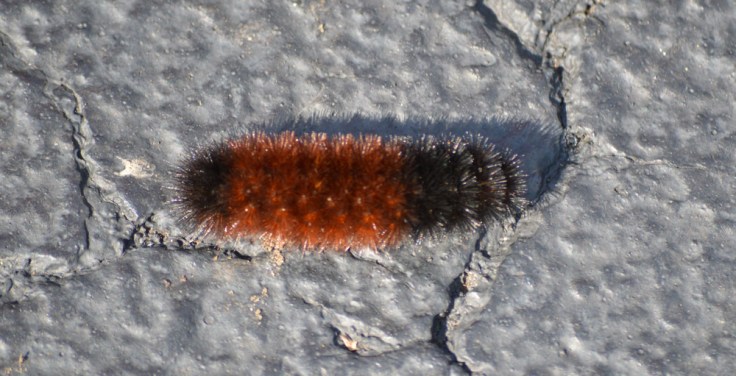Nothing particularly profound today. I thought I would just share a smattering of pictures of critters that can be found on most any given early fall day around our home near Akron OH.


The last couple of days there have been thousands of ladybugs swarming around the backyard looking for a place to overwinter.

I am always amazed by the ability of these moths to blend into their environment. Just look how this moth fits the texture and tones of the sandstone on which it is sitting. We have a darker brick exterior on the front of the house but these moths always find their way to the rim of light sandstone blocks that go around the front door. I assume they do this while it is still dark or at least not completely light yet which makes it all the more amazing.





I posted a whole series of pictures, including this one, of the gnat swarms in my back ground earlier (NH Photography: Gnats swarming above grass).
 We also have deer and the occasional coyote pass through but deer are boring and coyotes are a bit difficult to capture on camera although I am always trying.
We also have deer and the occasional coyote pass through but deer are boring and coyotes are a bit difficult to capture on camera although I am always trying.


White Hickory Tussock Moth Caterpillar is poisonous, and letting that little girl handle it is irresponsible.
LikeLike
Thanks, that is very helpful. Ironically I’m usually the one saying “dont’ touch that.” Seems that they can be toxic and I will make note of that by editing the text.
LikeLike
LikeLike
Usually it might just cause a slight rash. Don’t be alarmist, Anonymous. But yes, you should probably teach your kids not to handle.
“For most of us, a close encounter of the HTM kind results in a burning, nettle-type, itchy rash. Cleaning the sting with soap and water, dabbing on some ammonia or calamine lotion, and topping it off with some ice should handle the problem. More sensitive souls can experience swelling and nausea and may have to see a doctor. The fuzzy setae that cover the caterpillar’s body are barbed and are mechanically irritating, especially if accidentally rubbed in the eyes. Wikipedia reports that HTMs can bite, making them triple threats.”
http://www4.uwm.edu/fieldstation/naturalhistory/bugoftheweek/hickory-tussock-moth.cfm
LikeLike